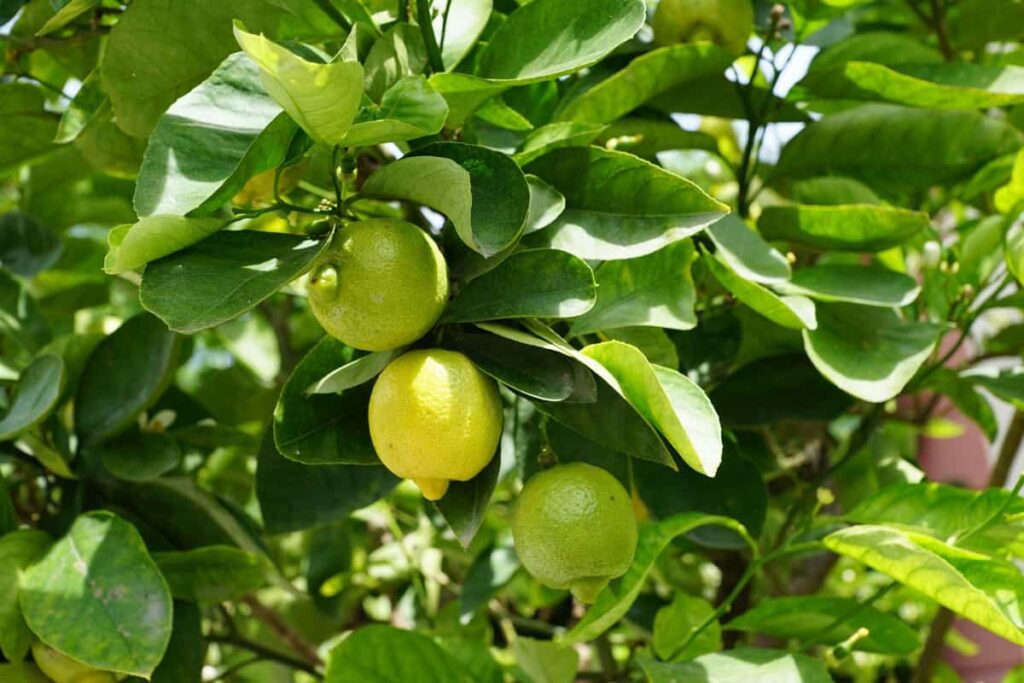This citrus fruit has a sharp taste and numerous uses and is therefore an essential part of many dishes and drinks. In India, food is celebrated for its bold flavors and vibrant colors. The country’s varied climate conditions facilitate the growth of various types, each having different flavors, aromas, and uses in the kitchen.
In this article, we will talk about some of the most popular types grown in India. We will look at what makes each variety unique, its cultural importance, and how it is used in cooking. Additionally, Indian farmers rely on advanced tools like the Powertrac Euro 50 price for efficient farming. Cultivating these citrus varieties highlights the importance of blending tradition with modern techniques. You will learn how the zest of this fruit can add a fresh and lively flavor to many dishes.
1. Lisbon Lemon
Lisbon lemons are one of the lemon varieties widely grown in India. They originated in Portugal but have been successfully settled in India. With a bright yellow color, thick skin, and tart flavor, these lemons contain high amounts of vitamin C and have a strong fragrance. Hence, they have gained much popularity for both culinary and health purposes.
Culinary Application
Eureka lemons are a staple in the Indian kitchen, giving a burst of flavor to most dishes, whether savory or sweet. They elevate the taste of seafood, salads, and marinades. Also, when it comes to Indian sweets like lemon meringue pie and lemon bars, Eureka lemon zest takes the center stage.
2. Kagzi Lemon
Kagzi lemons, often called “Bijni” in some regions, are remarkable because of their lumpy, bumpy skin. More importantly, these mid-size lemons have less acidic qualities than other lemon species. What’s more impressive about Kagzi lemons, though, is that its skin and juice are so much praised by the people.
Culinary Application
Kagzi lemons are much valued for their aroma and are widely used for the preparation of Indian pickles, chutneys, and preserves. The zest of Kagzi lemons gives an aromatic flavor to Indian sweets like halwa and burfi. Kagzi lemon juice is also widely used in beverages like masala chai.
3. Assam Lemon
Assam lemons grown in the northeastern region of India are known for their extraordinary sizes and irregular shapes. This variety is also bigger than all other lemon varieties and with a unique taste that has both tart and sweet flavors.
Culinary Application
Assamese cuisine widely uses Assam lemons. They are essential in dishes like fish curry and aloo pitika (mashed potatoes). The juice of Assam lemons adds a delightful tanginess to Assamese recipes.
4. Khasi Papeda Lemon
Khasi papeda lemons, often called Khasi papeda or wild lemon, are native to the northeast state of Meghalaya in India. These lemons generally grow wild in the forest, with their small size, lumpy texture, and intense citrus aroma.
Culinary Application
In Khasi cuisine, people traditionally use Khasi papeda lemons, particularly for preparing chutneys and sauces. Their strong citrus aroma and distinct flavor contribute to the authenticity of regional dishes.
5. Nagpur Lemon
Nagpur lemons, known as “Nimboo Nagori,” have earned a prominent spot among India’s renowned lemon varieties. Traditionally, Nagpur region farmers grow this particular lemon variety, and what gives it a special name is its medium size with very thin skin and, more specifically, high juice content. It, therefore, is one of the most juicy lemon varieties on offer.
Culinary Application
Nagpur lemons are used for their juice, mainly utilized in several culinary applications. From making refreshing lemonades to seasoning dishes, Nagpur lemon juice is a part of the Indian cuisine.
6. Seedless Lemon
As the name suggests, seedless lemons are cultivated primarily for their absence of seeds. These lemons typically have a smooth skin and a tangy, zesty flavor. Seedless lemons have gained popularity among consumers who prefer the convenience of seed-free lemon juice.
Culinary Application
Indian households particularly favor seedless lemons for quickly making lemon juice without the hassle of seed removal. Additionally, they use them in salads, dressings, and desserts, where seeds are undesirable.
7. Malta Lemon
Malta lemons, also known as “Malta” or “Mosambi,” are distinct for their pale yellow to greenish-yellow hue and sweet-tart taste. Moreover, while technically not true lemons, they are often classified as lemon varieties due to their similar appearance.
Culinary Application
People widely consume Malta lemons as fresh fruits, and they often choose their juice for making sweet lime soda and other citrus beverages. They enjoy their sweet and juicy segments as a snack or dessert.
Conclusion
India has many types of lemons that come from its rich farming and cooking. From Lisbon and Eureka lemons with zest to Kagzi and Khasi papeda lemons with scent, each kind has its own special taste. These lemons make Indian food better. When you add lemon juice to your food or drink lemon water on a hot day, it’s like adding a touch of India’s lemon varieties to your meal.
So, next time you taste that lemony goodness, remember the different lemons in India. For example, think about the Powertrac 439 tractor, which supports Indian farmers by ensuring they achieve efficient farming results.

